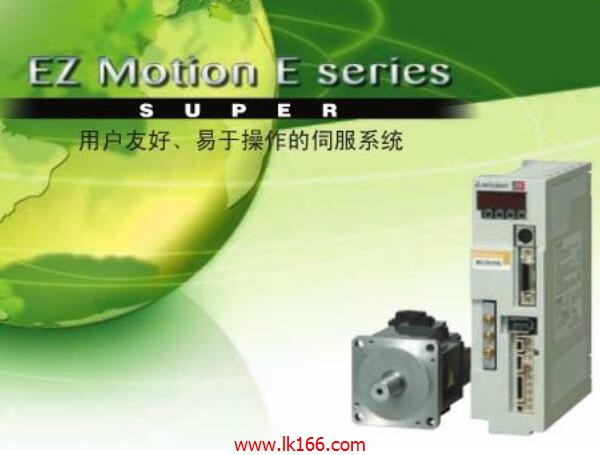MR-H10TN MITSUBISHI MR-H10TN Servo drives start to run in accordance with the instructions Servo amplifier

1 axis servo amplifier.
MITSUBISHI general AC servo amplifier MELSERVO-J4 series.
Rated output: 0.6kw.
Interface: SSCNET III /H.
Power supply: three phase AC400V.
0.6kW and 1kW above the servo amplifier.
Servo amplifier supporting SSCNET III /H.
Complete synchronization system capable of using high speed serial optical communication MR-H10TN.
Can be combined with the servo system controller to maximize the performance of the servo system.
2 low frequency vibration can be suppressed at the same time by supporting the seismic algorithm of 3 inertial equipment MR-H10TN.
Configurator2 MR to achieve convenient adjustment.
Effectively restrain the low frequency aftershock effect produced by the front end of the boom or the main body of the device 100Hz.
Can effectively shorten the time to control the stability of the aftershock MR-H10TN.
In the XY design of trajectory control, improve the accuracy of arc track.
At the same time, it can effectively control the phenomenon of quadrant protrusion caused by the rotation direction of the servo motor, which is caused by friction and twisting MITSUBISHI MR-H10TN.Drive unit 200VAC/400VAC level.
MITSUBISHI motor general AC servo amplifier MELSERVO-J3 series.
Need conversion unit MR-J3-CR55K) supporting the use of.
Rated output: 55kw.
Interface type: general pulse interface type.
Power specification: three phase AC400V MITSUBISHI MR-H10TN.
Pulse train and analog input as universal interface.
Can choose the position, speed and torque control mode.
The use of advanced tuning features such as advanced vibration suppression control and adaptive filter,
Greatly improve the performance of the machine.
MR-J3, your partner MITSUBISHI MR-H10TN.
Higher performance, more features, more convenient to use.
Highest performance in the industry.
Speed response frequency up to 2.1kHz.
Drive: MR-H_ACN series CC-LINK features.
Rated output: 0.1KW.
The test system is composed of two parts, namely, the servo driver, the motor system and the host computer.
The host computer sends the speed command signal to the servo driver,
Servo drives start to run in accordance with the instructions.
In the course of operation, the running data of the servo system is collected by the host computer and the data acquisition circuit,
And carries on the preservation, the analysis and the display to the data. Because the motor is not loaded in this test system,
So compared with the previous two kinds of testing systems, the system has a relatively small volume,
And the measurement and control circuit of the system is relatively simple,
But it also makes the system can not simulate the actual operatioon of the servo drive MR-H10TN.
Usually, such testing system is only used to test the rotational speed and angular displacement of the tested system under no-load condition,
And can not carry on the comprehensive and accurate test to the servo drive.

